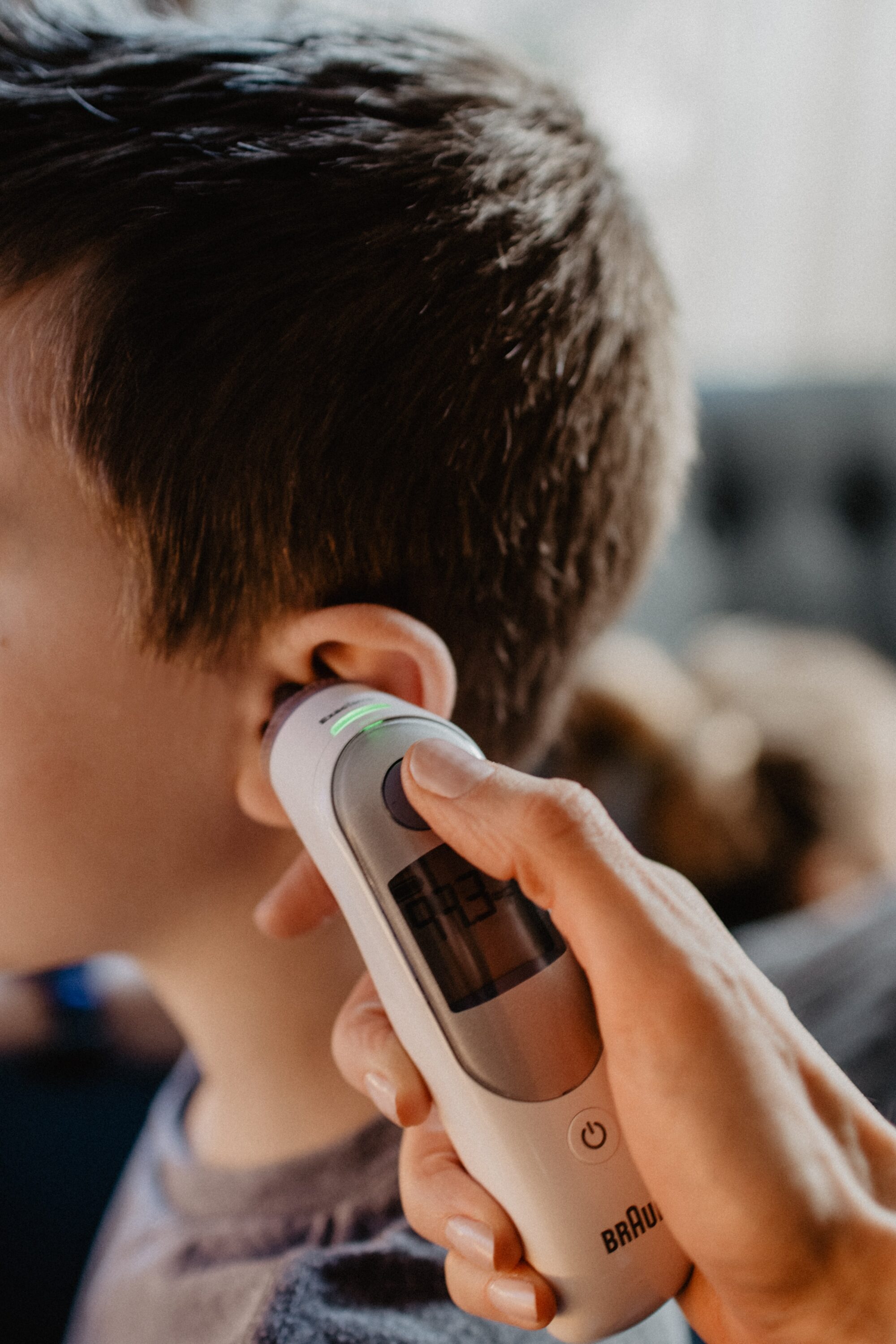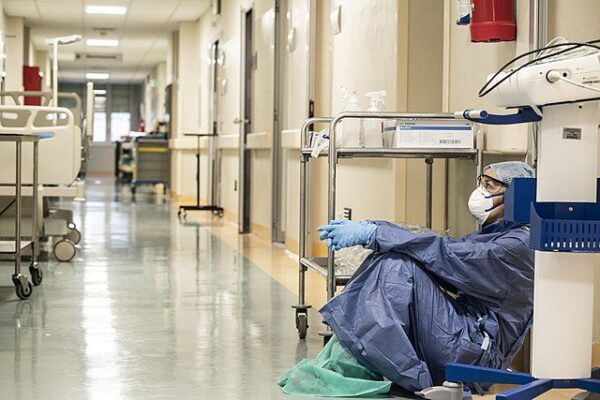The number of influenza, COVID-19 and RSV cases continues to climb in San Diego County, but local hospitals Monday clarified that they are not seeing a massive spike in hospitalizations or being forced to use overflow tents as triage.
The local health systems officials said they felt the need to clarify the point after a locally-published story was picked up nationally and internationally which may have confused what is happening on the ground. While many local hospitals do indeed have tents outside on their campuses, they have been up since the beginning of the COVID-19 pandemic and are used briefly on days where the emergency departments are busy.
“Overflow tents outside the emergency departments at Scripps Memorial Hospital Encinitas and Scripps Mercy Hospital Chula Vista have been set up throughout the pandemic for the last couple of years, and they have been used periodically as needed,” Stephen Carpowich, spokesman for Scripps Health, told City News Service. “In recent weeks, tents at both sites have been used again as those emergency departments have become busier, including caring for patients with influenza like illness.”
Keith Darce, another spokesman for Scripps, said that across the health system’s five hospitals, there were a total of 14 influenza patients on Monday. He said this compared to 2019’s flu season, which had 13 patients with influenza on the same date.
Sharp HealthCare and UC San Diego Health had been asked similar questions regarding the tents, with similar answers.
“Over the past several weeks, it has been widely reported that the county is seeing an early increase in flu and RSV cases,” John Cihomsky, spokesman for Sharp, told City News Service. “While Sharp is seeing an uptick in flu and RSV cases at our emergency rooms and urgent cares, the tent at Sharp Grossmont Hospital, which has been the subject of several media reports, has been in place since the start of the COVID-19 pandemic and is used to test patients who present with flu-like symptoms for a variety respiratory viruses, including RSV, influenza and COVID.
“We are prepared with surge plans and necessary space modifications to safely care for our patients should extra space ever be needed,” he said.
Sharp had 16 influenza patients in its hospitals on Monday.
While the local health systems are managing patients, the percentage of those visiting emergency departments with signs of respiratory illness has increased 2% over the previous week, from 7% to 9%. There were a total of 1,732 flu cases reported last week compared to 1,201 the previous week.
The total lab-confirmed cases to date increased to 5,471, compared to 291 at the same time last season and a 259 prior 5-year average during the same week. There have been two influenza deaths this season.
A total of 2,016 COVID-19 cases were reported to the county in the past seven days increasing the region’s total to 933,270. The 2,016 cases reported in the past week were higher compared to the 1,702 infections identified the previous week. An additional 12 deaths were reported in the past week, increasing the cumulative total to 5,543.
San Diego County public health officials urged residents to get vaccinated for the flu and COVID-19 before holiday gatherings, as the shots take two weeks to become fully effective.
“Don’t let flu, COVID-19 or respiratory syncytial virus ruin your family reunions this holiday season,” said Dr. Wilma J. Wooten, county public health officer. “Protect yourself and your family, stay up to date on flu and COVID-19 vaccines and consider masking in crowded indoor spaces until virus activity slows.”
COVID-19 and flu vaccines are widely available across the region and can be administered during the same visit, the county’s Health and Human Services Agency says. There is no vaccine against respiratory syncytial virus but established disease prevention measures can protect people from getting ill with any of the three respiratory viruses that are currently circulating in the community, the HHSA reported.







